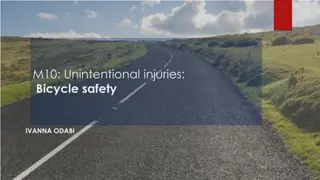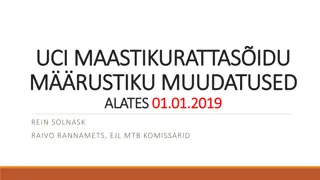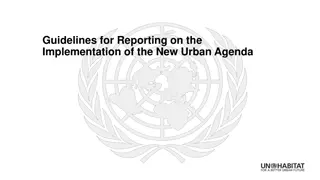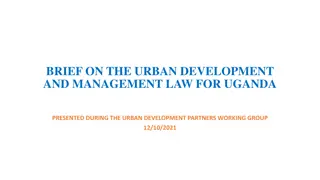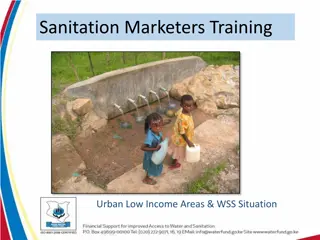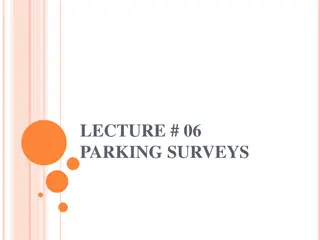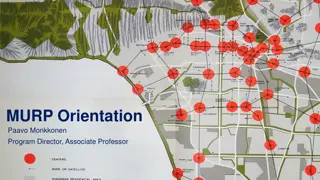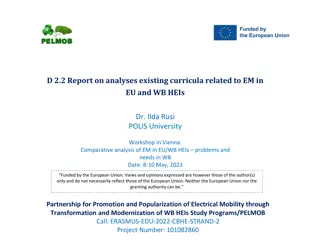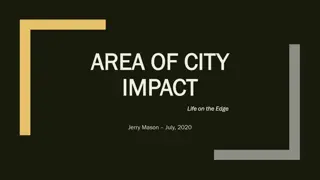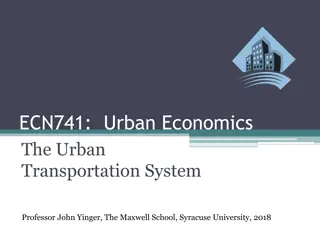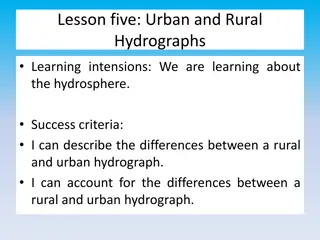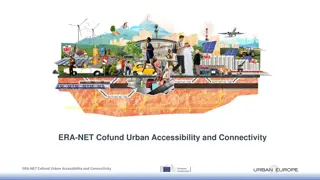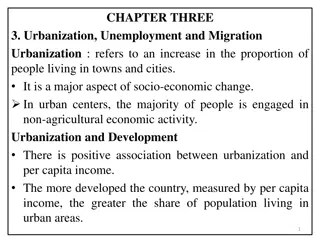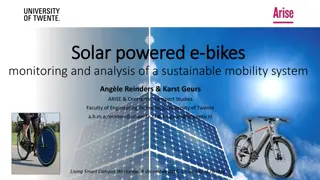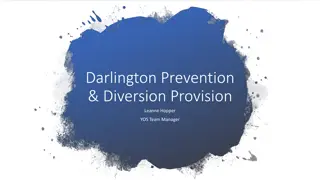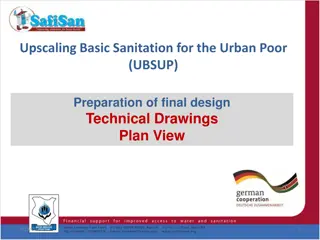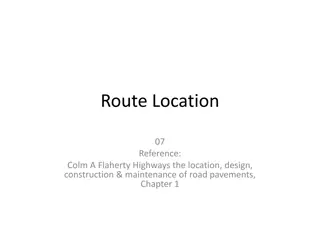Global Trends in Growing Bike Riding: Insights and Implications for Urban Planning
Cities worldwide are embracing bike riding as a sustainable mode of transportation, with a focus on building safe and comprehensive bicycle networks. Studies show that improving cycling infrastructure can enhance safety and increase cycling rates significantly. Notable examples include European and American cities inspired by Dutch and Danish models. Canadian cities, such as Calgary, have seen a rise in cycling due to the implementation of protected cycle tracks. Latin American cities like Bogota and Rio are also investing in extensive bikeways to promote cycling. These developments highlight the importance of infrastructure in fostering a cycling culture and its positive impact on urban mobility.
Download Presentation

Please find below an Image/Link to download the presentation.
The content on the website is provided AS IS for your information and personal use only. It may not be sold, licensed, or shared on other websites without obtaining consent from the author. Download presentation by click this link. If you encounter any issues during the download, it is possible that the publisher has removed the file from their server.
E N D
Presentation Transcript
What cities are growing bike riding? How? If you build it, they will come. Field of Dreams UAP 5864 | Transport Policy Final Presentation | J.I. Swiderski
Policy T-2.3.2: Bicycle Network Provide and maintain a safe, direct, and comprehensive bicycle network connecting neighborhoods, employment locations, public facilities, transit stations, parks and other key destinations. DCOP, The Comprehensive Plan For The National Capital: District Elements, vol. 1 Citywide Elements, ch. 4 Transportation Element , p.4-26. https://planning.dc.gov/node/638802
It is crucial to improve cycling safety in the United States ; bicycle infrastructure can indeed help improve cycling safety and increase cycling levels. Pucher, John, and Ralph Buehler. 2016. Safer Cycling Through Improved Infrastruc- ture. American Journal of Public Health 106 (12): 2089 91. doi:10.2105/AJPH.2016.303507. Many authors, across twenty years, have found positive associations between making a protected bikeway and people riding bikes more This is especially pronounced among women.
So, whos growing cycling? And how? Lots of places across Europe & the Americas, inspired by the Dutch & Danish
Pucher & Buehler, 20052007: The Canada studies Canadians bike more Quebecers bike more (!) Northerners bike yet more! Even controlling for population size, Canadian metropolitan areas have bike shares of work trips about three times higher than American metropolitan areas A higher percentage of Quebecers bike to work than residents of Ontario or any two of the Atlantic provinces It s still not that much, though. Canadian cities average almost three times as many kilometres of bike paths and lanes per capita as the American cities sampled (46 km vs. 18 km).
Calgary stampedes to the front! Calgary had already doubled its count of Downtown bike riders btwn 1996 2015 City installed a small grid of protected cycle track Weekday bike counts doubled within three months
Latin America gets in E. Pe alosa built 300 km of bikeways in 4 years: Bogota cycling rose from a mere 0.58% 4% Cycling is 8% or more in some parts of Rio. As of 2008, Rio had 140km of bikeway, most in Brazil, but Brasilia was to pass in 2009 Guadalajara started building its first protected bikeway in 2008, predicted to grow ridership from 3.5% to 7%.
Seville: Amsterdam of Southern Europe? In 2007 alone, the city built 40 miles of protected bike lanes, a 542 percent increase to the existing 7 miles citywide. Another 46 miles installed by 2013 Marqu s and Hern ndez-Herrador, 2017: The risk of a biking trip in Seville fell dramatically in 2007 and stayed flat. No other single variable predicted bike safety as well as a single yes/no question: Has a network been built yet? every additional mile of protected bike lane somewhere in the city improved safety. But network connections improved safety most.
People are less willing to ride when their trip takes longer Riding in traffic feels four times longer than a trip of the same duration in a bike lane another way making people ride in traffic reduces riding Safety in numbers: More people riding makes all riders safer
Induced demand: It works for highways and cornfield baseball stadiums, why not bikeways?


